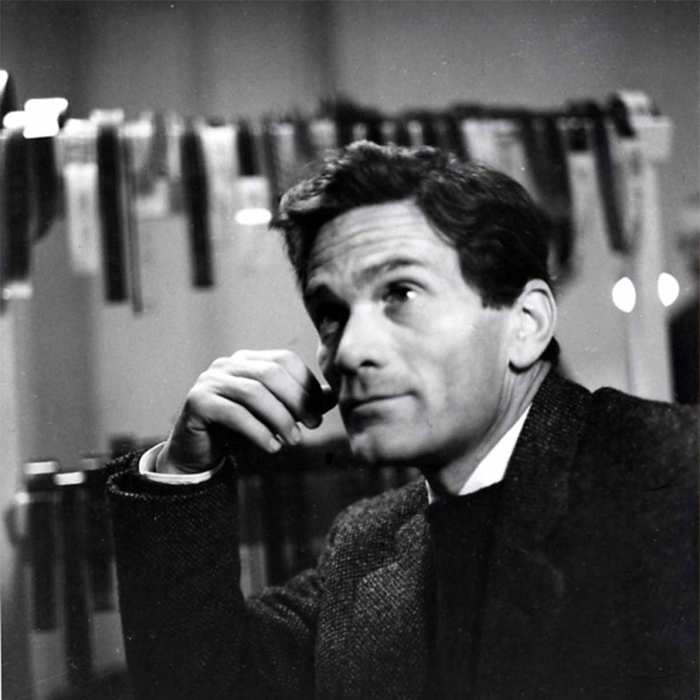Italians have left a memorable mark on Hollywood. For example, they established a whole new genre of spaghetti westerns and revolutionized film production in order to create some of the biggest and timeless movies of all time. From Federico Fellini and Sergio Leone to icon Martin Scorsese, here are our favorite Italian and Italian American film directors that everyone should know.
Federico Fellini
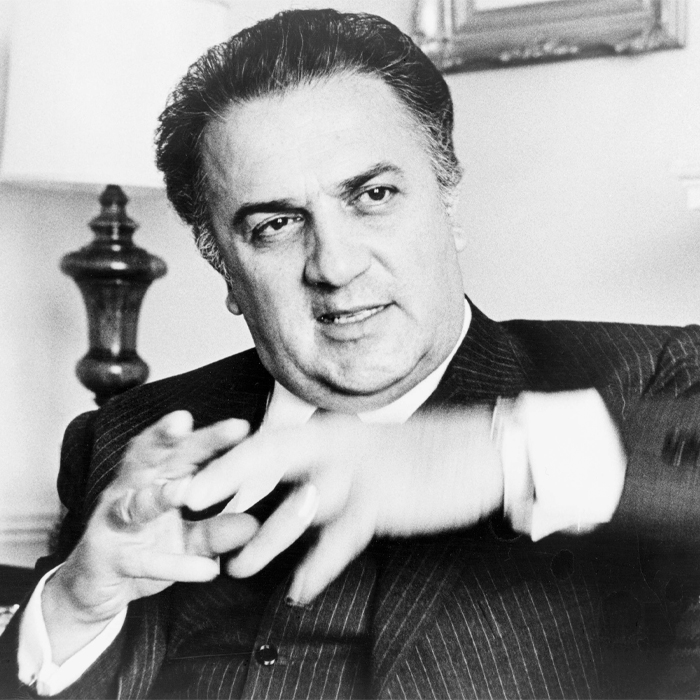
(Photo Credit: Public domain, via Wikimedia Commons)
Born to middle-class parents in Rimini, Italy, Federico Fellini Cavaliere di Gran Croce began his writing career with Marc'Aurelio, a biweekly humor paper. The time with the magazine proved to be a defining moment in his career, with his successful regular column, “But are you listening?” and eventually writing radio sketches and gags. It was here at Marc'Aurelio that Fellini would meet Aldo Fabrizi, and the two would collaborate on many projects together. Fabrizi helped Fellini with one of his earliest screen credits with Il Pirata Sono io. Since then, Fellini propelled his career and was nominated for 16 academy awards, winning 4 for best foreign language film. He’s known for his distinctive style of blending fantasy with the baroque images of earthiness. He has some of the highest-rated films including 8 ½, La Strada, Nights of Cabiria, and La Dolce Vita.
Dario Argento
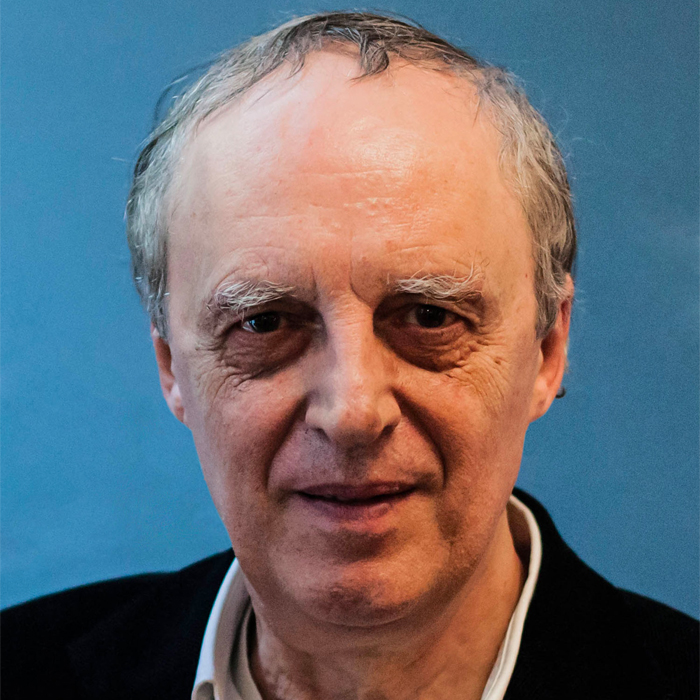
(Photo Credit: Filmfestival Linz via wikimedia commons)
Born on September 7, 1940, in Rome, Dario Argento became influential for his work in the horror genre during the 1970s and 80s. His mark on the horror genre has earned him the “master of thrill” and the “master of horror.” Argento made his directorial debut with The Bird with the Crystal Plumage, which became a major hit in Italy. He would continue in this genre called giallo, releasing two more films in his “animal trilogy.” Argento would continue to produce films in a trilogy, his second being the “three mothers” trilogy about three witches residing over three major cities. Argento is also known for collaborating with other Italian directors like Sergio Leone and Bernardo Bertolucci.
Martin Scorsese
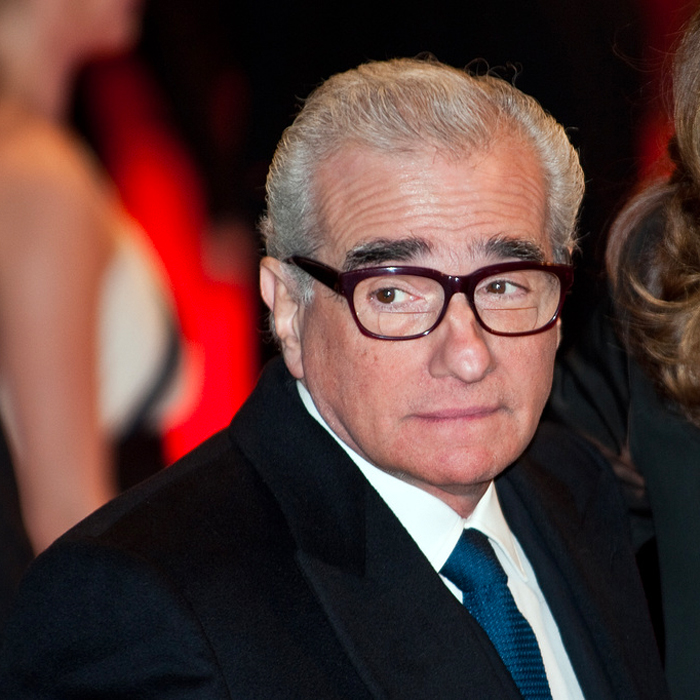
(Photo Credit: Siebbi via wikimedia commons)
What is the American film industry without Martin Scorsese? As a boy, his parents often took him to the theater, where he found his passion for production. In his teens, he frequently rented The Tales of Hoffman and studied the reel of the film. He fell in love with the historical epics, citing Land of the Pharaohs and El Cid as deeply impacting his cinema psyche. Scorsese’s directorial debut was Who’s That Knocking At My Door? and it was accepted into the Chicago Film Festival. One of his trademark techniques is the use of slow motion and freeze frames. The 1973 film Mean Streets became his blueprint for future films. Mean Streets stood out by focusing on a female character as well as utilizing gritty street-level direction. While having a deep filmography, five of his films are on the National Film Registry by the Library of Congress as the films are cited as being "culturally, historically or aesthetically significant".
Francis Ford Coppola
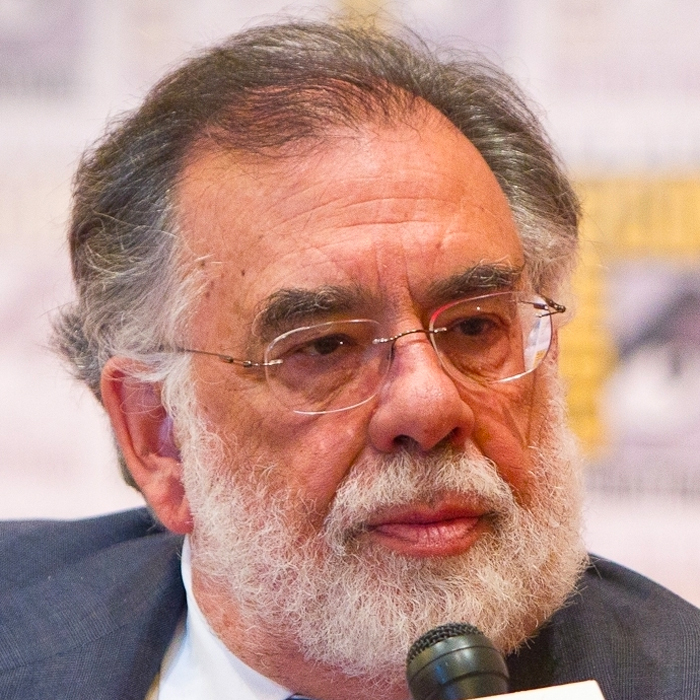
(Photo Credit: Gerald Geronimo via wikimedia commons)
Born to a family of Italian immigrants, Francis Ford Coppola is major figure in the New Hollywood filmmaking movement of the 1960s and 70s. Young Coppola would create 8 mm films edited from home movies and title them things like The Rich Millionaire. In 1955 he was awarded a scholarship in playwriting to Hofstra University in New York. His first feature-length film was Dementia 13, directing it over the course of nine days. It would become a cult classic amongst the horror movie buffs. It was his 1972 release of Mario Puzo’s The Godfather that became his cinematic masterpiece. The film is a three-hour-long epic with an outpouring of positive reviews still to this day. It cemented Coppola in film history, earning him the Academy Award for Best Adapted Screenplay as well as the Golden Globe for best director and best screenplay. You can find The Godfather at the top of many lists as one of the greatest movies ever.
Sofia Coppola
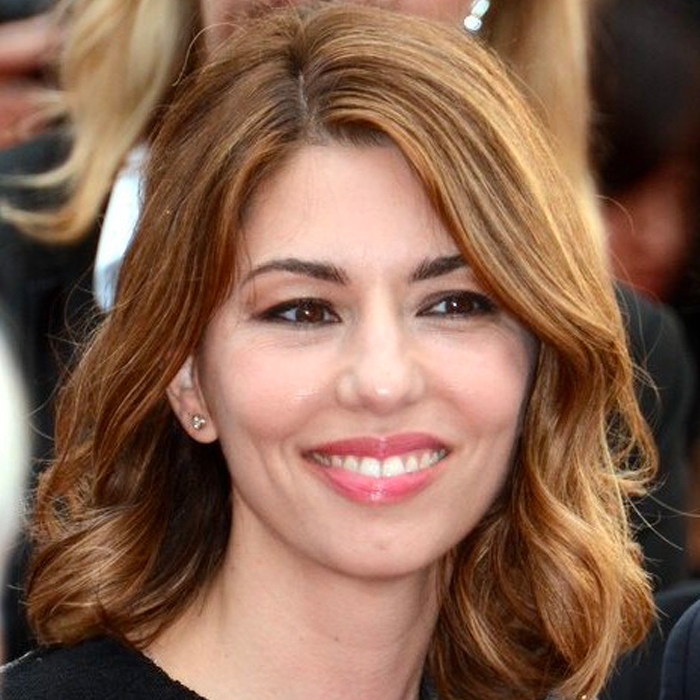
(Photo Credit: Georges Biard via Wikimedia Commons)
Youngest daughter of Francis Ford Coppola, Sofia followed in her father’s footsteps and has made a name for herself in the film industry. Her earliest film debut was as an infant in The Godfather. She portrayed Mary Corleone, the daughter of Michael Corleone in The Godfather: Part III. She would make her directorial debut in the 1999 coming-of-age film The Virgin Suicides. Her next film, Lost in Translation, would earn her a nomination for the Academy Award for Directing. She was the third female to be nominated for this award and became the second to win the Original Screenplay award. Her 2003 award win for the best original screenplay made her a third-generation award winner. Her background in acting, modeling, and design has all helped influence her directing styles. She has cited that she uses each film she directs to influence the next she creates.
Quentin Tarantino

(Photo Credit: Gage Skidmore via wikimedia commons)
Born on March 27, 1963 in Knoxville, TN Tarantino’s legacy in Hollywood is unmatched. With films like Reservoir Dogs, Pulp Fiction, and Kill Bill: Volume 1, his style depicts intense violence, racial slurs, and the occasional use of non-linear timelines. He started writing scripts when he was 14 years old, but found his breakthrough years later after having a discussion with Lawrence Bender. Bender encouraged him to continue the script about a dialogue-driven heist, and Tarantino would write what would later become the critically acclaimed film Reservoir Dogs. He would maintain the style he used for his next film, Pulp Fiction, a movie he would win the Academy Award for Best Original Screenplay along with earning five other nominations.
Stanley Tucci

(Photo Credit: Getty Images)
While Tucci may be more well-known as a character actor with a diverse range, he has also stepped behind the camera as a director. He got involved in acting at a young age, making his film debut in the John Huston movie, Prizzi’s Honor. Tucci would make his directorial debut with the cult classic Big Night, a film he co-wrote and starred in alongside his friend Scott Campbell. The film premiered at the Sundance Film Festival and had been nominated for the Grand Jury Prize He would also direct The Imposters, and Joe Gould’s Secret. Outside of film, Tucci worked on Broadway, directing the revival of the Ken Ludwig play Lend Me a Tenor.
Frank Capra

(Photo Credit: Public domain, via Wikimedia Commons)
Born in Bisaquino Sicily on May 18, 1897, Frank Capra became one of America’s influential film directors in the 1930s. At age 25, Capra started his film career after calling in a newspaper ad about a new film studio opening in San Francisco, CA. He told the company that he had moved to Hollywood and had experience in the earliest days of the film industry. While his only prior experience was while attending Manual Arts High School in 1915, the studio founder was impressed and offered Capra $75 to create a one-reel silent film. Capra and a cameraman completed the film in two days and worked with amateurs. in the 1930's Capra would work at Henry Cohn's new Columbia Pictures, where he would direct It Happened One Night. The film would go on to win all five top Oscars: best picture, best director, best actor, best actress, and best-adapted screenplay. After serving in World War II producing informational war documentaries called Why We Fight, Capra would return home to direct and produce It’s A Wonderful Life. While the film was not received well after its initial release, decades later it would grow in popularity, with many considering it a legendary Christmas film.
Pier Paolo Pasolini
Born on March 5, 1922 in Bologna, Italy, the Italian poet and filmmaker established himself as a writer before becoming a filmmaker. It wasn’t until 1957 when he partnered with Sergio Citti on the Federico Fellini movie Le Notti di Calabria as a writer for the Roman dialect sections that he would enter the film world. Pasolini made his directing debut in Accattone, a film about pimps, prostitutes, and thieves in Rome’s marginal quarters. The plot contrasted Italy's postwar economic reforms. Many of his films would make statements about the political climate in Italy. Pasolini developed a neorealism style, showing the sad reality of life. He also created a philosophy of language relating to cinema and film that is still widely debated.
Sergio Leone
Famously known as the pioneer of the spaghetti western, Sergio Leone is regarded as one of the most influential film producers. Leone was born into a film family - his father Vincenzo Leone was a cinema pioneer himself, and his mother, Edvige Valcarenghi was a silent film actress. Sergio started his film career early, working alongside Vittorio De Sica on the production of Bicycle Thieves. During the 1950s he would begin writing his own screenplays, mainly for the historical epics Sword and Scandal.” When Mario Bonnard fell ill during the filming of the 1959 historical epic, The Last Days of Pompeii, it set Leone up for his own directorial debut in The Colossus of Rhodes. During the 1960s, film audiences fell out of love with historical movies, and it took ingenuity to shift to what is now known as the spaghetti western. Leone’s A Fistful of Dollars would earn him his signature style of extreme close-ups and lengthy wide-angled shots.
AJ Forrisi
Assistant Editor for America Domani, AJ Forrisi is a Brooklyn-based writer and photographer. His work focuses on food, travel, sports, landscapes, and urban scenes. You can find him on Instagram @aj.photo.works.



